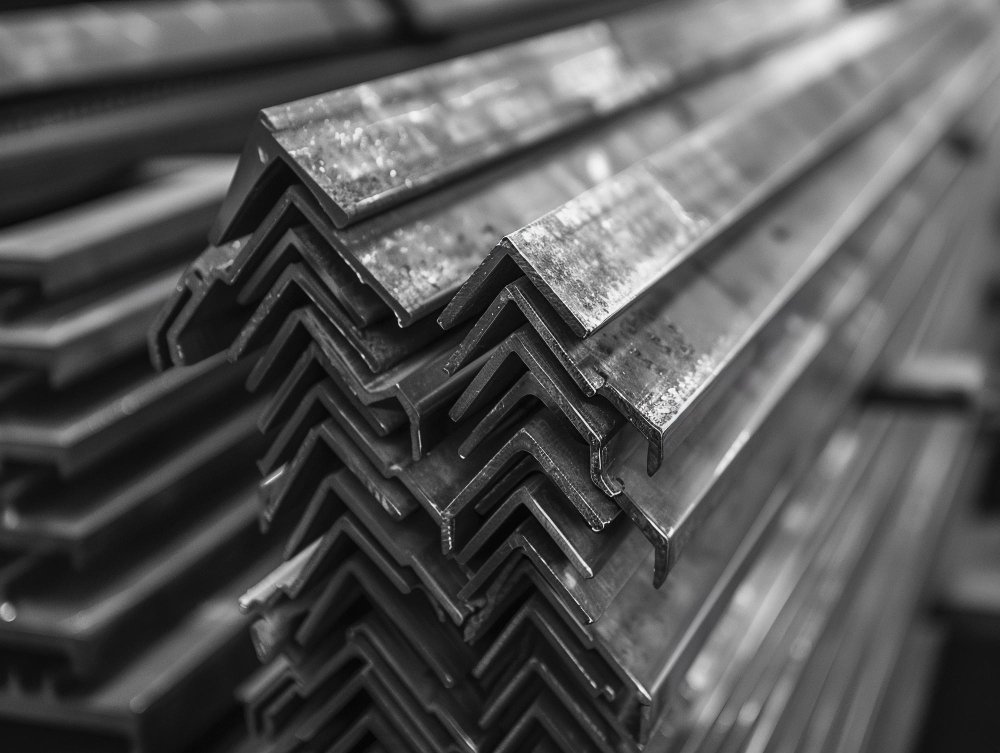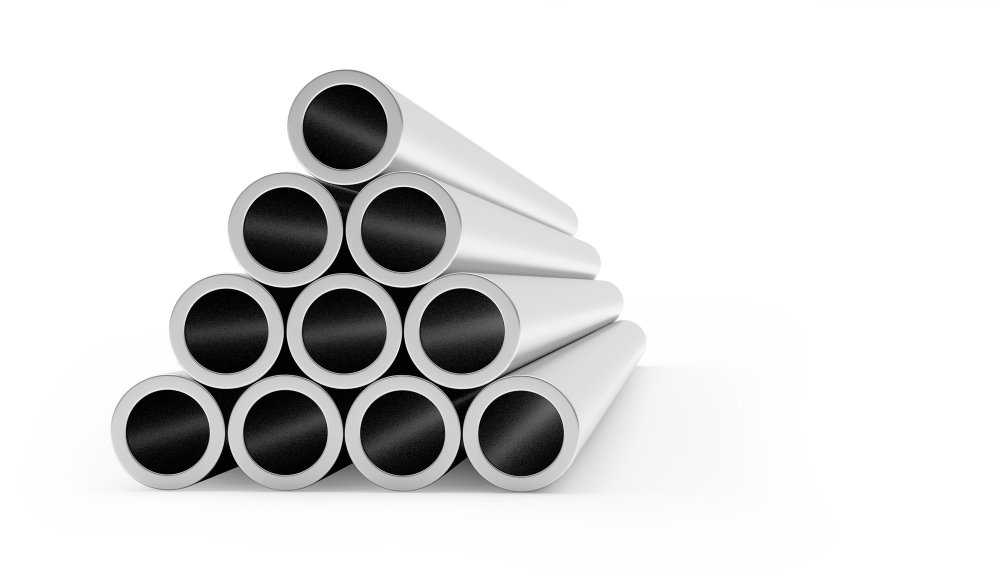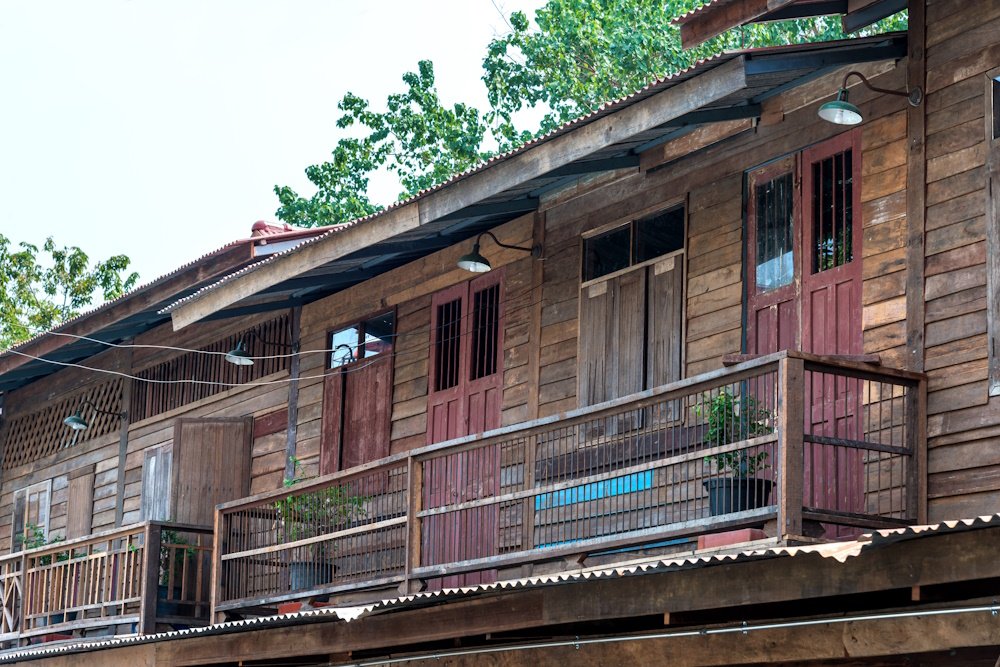Construction in the Philippines often faces specific challenges. These include soft soils, earthquake risks, and the need for quick building. Many projects require strong, flexible solutions. Sheet piles offer clear advantages in different building jobs. Knowing the many benefits of sheet piles in the Philippines is vital for today’s building methods.
What Are Sheet Piles?
Sheet piles are special building parts. They’re mostly steel, but can be vinyl or precast concrete. These are flat, wide pieces with edges that lock together. They’re driven or shaken deep into the ground, creating one strong, unbroken wall. This wall acts as a barrier, holding back soil or water.
Types and Their Uses
Steel sheet piles are the most common. They come in “U,” “Z,” or straight shapes. Each works differently and connects easily. Steel piles are known for high strength and long life. They resist big earth and water pressures, making them good for heavy jobs.
Vinyl sheet piles are lighter and don’t rust. They suit smaller projects or places with fresh water. Concrete sheet piles are factory-made. They’re very stiff and best for permanent structures holding heavy loads. Choosing material depends on project needs, budget, and local conditions.
How They Are Installed
Installing sheet piles needs special machines. Vibratory hammers are often used, driving piles into the ground with less noise and shaking. This method works well in crowded city areas or near existing buildings. Impact hammers are used for harder ground or deep driving, hitting piles powerfully.
Other methods exist for very hard ground or limited shaking. Hydraulic machines quietly push piles into place. Once installed, locked edges make a tight seal. This creates one strong, unbroken wall, key to many construction benefits.
Why Sheet Piles Are Very Useful
Sheet piles offer many advantages for building projects in the Philippines. Their design and material make them very effective. They help with common site problems and make projects better overall. These benefits range from improved work areas to stronger structures.
Better Site Preparation and Digging
A major benefit is how well they prepare a site. Sheet piles create stable edges for digging holes. They hold back surrounding soil, stopping collapses during excavation. This means safer working conditions for people and machines. It also means less digging to make sloped sides.
For projects near water, sheet piles are very valuable. They form watertight boxes called cofferdams. These temporary boxes let crews work in dry conditions below the water. This makes building foundations or bridge piers easier. It also avoids pumping out too much water, saving time and money.
Stronger Structures
Sheet piles provide excellent structural support. They’re widely used for retaining walls. These walls hold back soil to create flat building areas or stop landslides. Their strength ensures long-term stability, crucial in the Philippines’ diverse terrain.
They also make foundations stronger for buildings and bridges. Sheet piles send loads to deeper, stronger soil layers. This stops buildings from settling unevenly. This stability ensures structures last long and stay safe. They act as one strong, unbroken underground support.
Lasting Power and Natural Resilience
Sheet piles, especially steel ones, are very durable. They resist rust and wear, even in harsh conditions. This makes them ideal for projects in coastal or wet areas common in the Philippines. They last a long time, so future repairs cost less.
They also help against natural dangers. Sheet pile walls protect against erosion and storm surges. They shield properties and infrastructure from water damage. Their strong nature helps communities bounce back from disasters.
How Sheet Piles Help Projects Succeed in the Philippines
The use of sheet piles in the Philippines helps projects succeed through many uses. They’re applied across various building areas. These uses improve project timelines, save money, and boost overall quality.
Helping Build Key Infrastructure
Sheet piles are vital for building roads, bridges, and ports. They’re used a lot for making port facilities, like quay walls and jetties. Their locked design creates strong docking structures. This allows for deeper digging, fitting bigger ships and helping trade grow.
They also play a key role in bridge building. Sheet piles form cofferdams for bridge supports, letting workers build foundations in dry conditions. They also provide permanent walls for bridge ramps, making them stable. This helps create safer, more efficient transport.
Improving City and Business Projects
In city areas, sheet piles help use space better. They allow for deep basements and underground parking garages. By holding back soil vertically, they reduce digging space. This is crucial where space is tight and land is expensive.
For business buildings, sheet piles make foundations stable. They stop groundwater from entering, creating dry, reliable underground areas. This adds useful space to buildings, increasing their value. They’re a smart solution for complex city construction.
For Environment and Flood Safety
Sheet piles are key for protecting the environment and controlling floods. They form effective sea dikes and floodwalls. These protect low-lying coastal and river areas from flooding. This prevents money loss and saves lives during typhoons and heavy rains.
They’re also used in wastewater treatment plants and landfill containment. Their unbroken walls stop dirty water from leaking into the environment. This protects valuable natural resources. Their environmental benefits match the Philippines’ goals for sustainable growth.
Key Takeaway
The benefits of using sheet piles in the Philippines are extensive for construction projects. They improve site preparation, offer strong structural support, and last a long time. Their many uses lead to success in infrastructure, city development, and environmental protection. From safe digging to strong coastal defenses, sheet piles are a smart and essential solution. They help build a stronger, more efficient Philippines.
















Leave a Reply